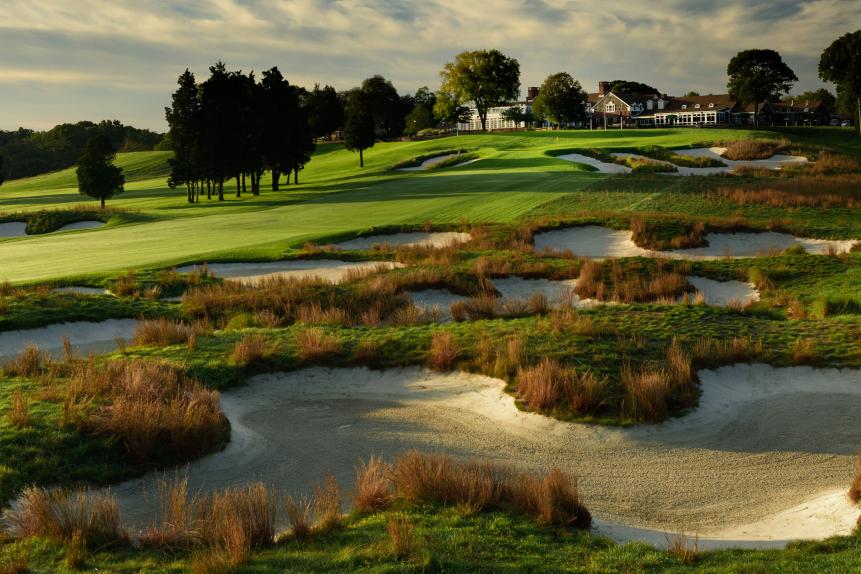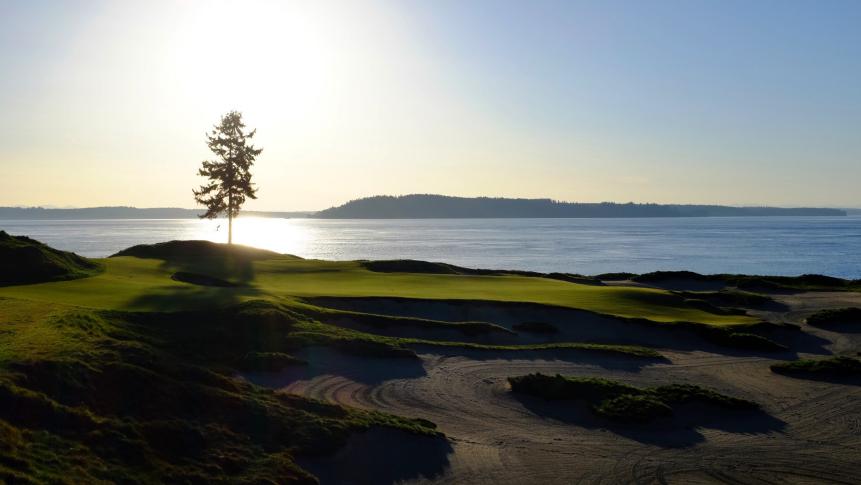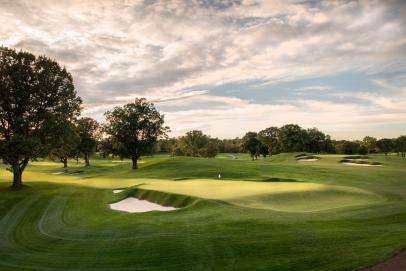Rare Publics
The 15 courses you can play that have hosted major championships
The U.S. Open returns to one of America’s great golf courses, Pinehurst #2, this week to host its fourth U.S. Open—and the first of five in the next 25 years as a USGA anchor site. Not only is the iconic Donald Ross design one of our country’s greatest, historic venues, but it’s also open to the public—which makes it a rarity among major championship courses. Pinehurst and Pebble Beach have been two mainstays in U.S. championship golf, dating back to Pinehurst #2’s first major, the 1936 PGA Championship.
The PGA Championship frequented publicly accessible courses, particularly in the booming 1920s and 1930s, but it wasn’t until 1972, 77 years after the first U.S. Open, did a public course—Pebble Beach—host the first U.S. Open at a public venue. Then in the 1990s, the vision and relentlessness of the USGA's David Fay took the U.S. Open to Bethpage Black in 2002, which sparked more tournaments at public courses over the next few decades.
We wish the list below was longer, but it would be if some no-longer-running venues were still open. It’s also worth noting that Firestone Country Club, which hosted PGAs in 1960, 1966 and 1975, is now accessible via stay and play deals.
Below are the public courses still in existence that have hosted major championships. It might be hard to check off large lists such as all the top 100 courses in the country, but we’d like to think playing most or all these courses might actually be an attainable goal.
We urge you to click through to each individual course page for bonus photography, drone footage and reviews from our course panelists. Plus, you can now leave your own ratings on the courses you’ve played … to make your case why your favorite should be ranked higher.

If the 2009 Pete Dye course at this historic resort in southern Indiana (ranked 118th on America's Second 100 Greatest Courses) is an acrobat swinging trapezes through circles of flame along the site's elevated bluffs, the 1917 Donald Ross course is more of a street-level tilt-a-whirl with holes that rise, fall and roll repeatedly over a gorgous meadow property. Each nine crests over ridges and ride into hollows, rising toward well-bunkered greens that flank slightly crowned putting surfaces. This is an Old World/New World contrast, with both the Dye and Ross courses achieving what they set out to do architecturally, but in rather different ways. Depending on their mood and appreciation for allowing land movements rather than bulldozers to dictate design and direction, golfer's at French Lick often prefer the nuance and nature of the Ross course. The Dye course hosted the 1924 PGA Championship won by Walter Hagen.










 - Jon Cavalier.jpeg.rend.hgtvcom.861.485.suffix/1573163040843.jpeg)



• • •
Explore Golf Digest's new Course Reviews section where you can submit a star rating and evaluation on all the courses you’ve played. We've collected tens of thousands of reviews from our course-ranking panelists to deliver a premium experience, which includes course rankings, experts' opinions, bonus course photography, videos and much more. Check it out here!



